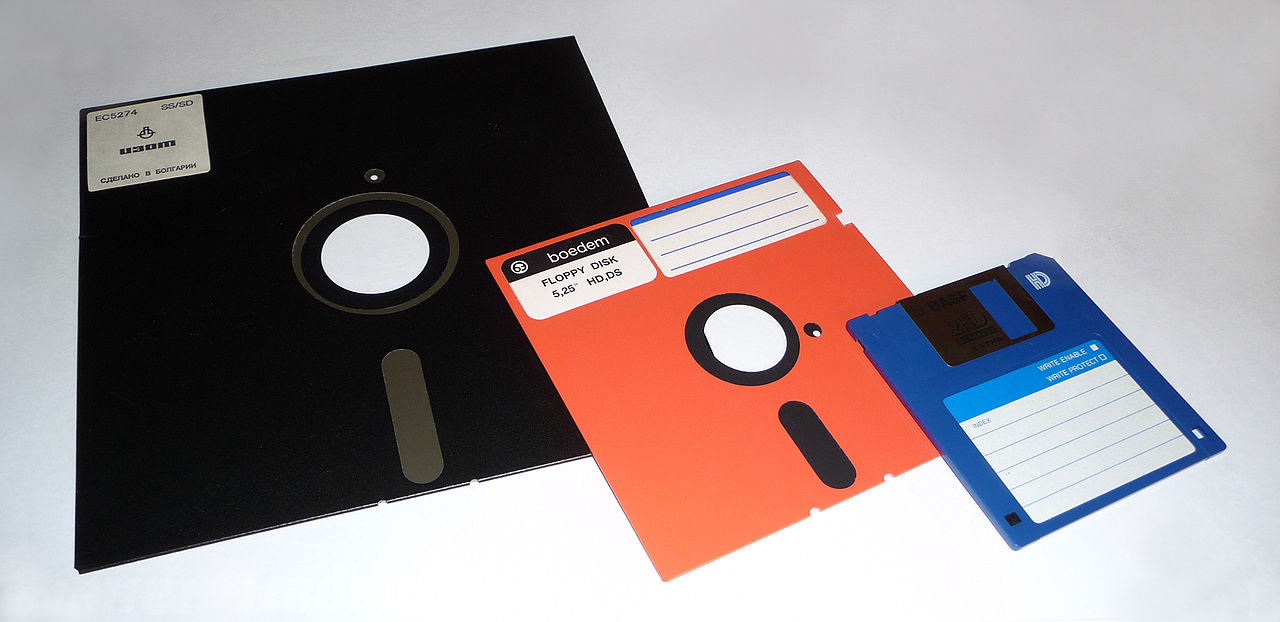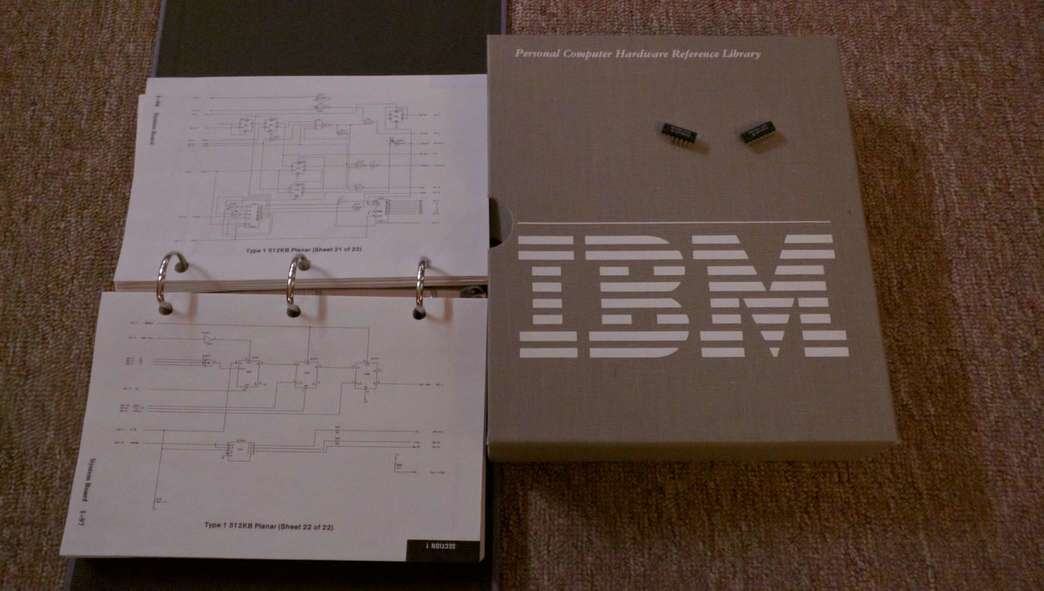Atomic floppies

I previously posted this in 2016 and am posting the article again as the details are timeless.
Reading the morning news I saw an article that piqued my interest. I had heard in previous news that the Air Force relied on floppy disks for some of the nuclear launch systems. Today TIME magazine took them to task on it in an article titled “The Pentagon’s Huge Atomic Floppies”. The article was a response to a GAO report that talks about aging legacy systems and the need to update some critical infrastructure. In the last hour I have seen similar articles in The Register and Ars Technica UK. Knowing that a story like this generates a lot of coverage I did a quick Google search for 8" floppies and found 67 articles covering the same story already. To give credit where credit is due, Ars Technica had covered this from a small portion of a 60 Minutes segment in 2014.
Often stories like this do one of two things. Either generate more fear and action than is justified or it is glosses over a real problem. This time I feel the fear and reaction are about level. Even with congress members holding up out dated floppies in hearings, the response seems fairly measured. The systems are still functioning and we are making a lot of noise on replacing them. Should it have ever gone this far? No, but I think we haven’t gotten to a point of failure, yet.

Rep Jason Chaffetz holding a floppy in hearing., Originally credited to House Oversight and Government Reform Committee.
So I could be taking the stance that this is a clear failure of the concept of anticrytptography. It sort of is. Those floppies are a weak link in a rusty chain, but I am worried about what will replace it and that the equivalent article will appear in 10-20 years with more dire consequences.
The system they are talking about is an IBM System/1 that uses 8" floppies for removable storage. Those systems are rugged and designed to last. The floppy drives and hard drives (if they have them) are the two parts I worry about the most. The whole system is built from discrete parts probably using standard TTL parts with numbers like 7400. IBM also published detailed schematics for all of the hardware of the day, to the point you could build it from scratch. I have my IBM PC technical reference manual. With it, some wire, a soldering iron and a supply of discrete TTL logic and a few other chips I could probably keep it running near forever.
 IBM hardware manual and TTL chips
IBM hardware manual and TTL chips
Today’s system will be a board full of custom chips that have a production life measured in months. Intel will guarantee a production run CPUs, but not much else on the board will. Those boards will need to be considered the same as the TTL chip on a System/1 board and a large supply will need to be kept.
The interface and communication protocols will have to be fully documented so newer equipment can still talk to legacy systems during upgrades and outfitting. I bet that System/1 is using communications that are simple enough to be reverse engineered in a weekend with minimal documentation. Will the modern encrypted network connection be as simple to work with given any amount of documentation?
I’m not against replacing these systems post haste. At the same time I would like to see the systems avoid mistakes that will repeat this same problem in a worse way. If they make reasonable decisions, keep things as simple as possible, and document it well, I have hope that congress members won’t be waving Ethernet cables in hearings in 40 years.